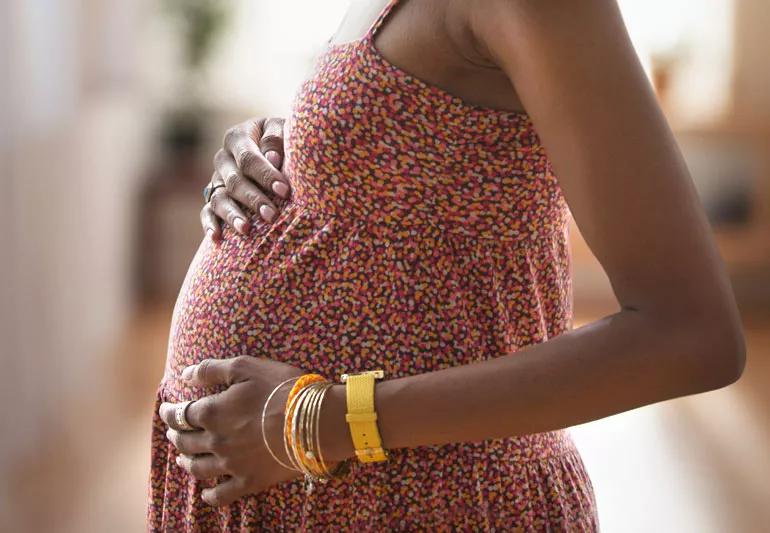This test gives a late look at your baby's movement and heart rate

If you're going through a high-risk pregnancy, you cherish every bit of positive feedback you can get. A non-stress test can tell you more about how your fetus is doing in the final weeks of pregnancy.
Advertisement
Cleveland Clinic is a non-profit academic medical center. Advertising on our site helps support our mission. We do not endorse non-Cleveland Clinic products or services. Policy
Most expectant parents want reassurance that they will deliver a healthy baby. And if you're pregnancy is high risk, you may worry even more. Even healthy women are sometimes given special tests as a precaution to monitor their fetus' health late in the pregnancy.
“The non-stress test is a special test we like to perform if you are considered to have a high-risk pregnancy, or if you develop problems during your pregnancy,” says Ob/Gyn Edward Chien, MD, MBA. “We often recommend these special tests starting at 32 or 34 weeks if you have an ongoing condition, although sometimes we’ll begin monitoring the fetus' movements as early as 28 weeks.”
Certain conditions warrant non-stress testing and determine how frequently the tests are done. These health conditions can include:
Other instances when your doctor might order a non-stress test are:
Advertisement
Non-stress tests – these do not put any stress on the fetus — are used to monitor fetal movement. The noninvasive test can take anywhere from 20 to 90 minutes, depending on how active the fetus is. Usually, the test is performed in your doctor’s office or at the hospital.
The test looks at fetal heart rate and fluctuations. Providers also evaluate the number of movements the fetus makes during the monitoring period. If the fetus is inactive during the test, your provider may ask you to drink cold water or juice.
The test outcome is either reactive or nonreactive. A reactive result means the fetus' heart beats faster than their resting rate at least twice during the test. This is considered reassuring. A nonreactive result means their heart rate doesn’t accelerate. Your provider's also looking for a decline in the fetal heart rate. If the fetus is nonreactive or declines are noted, your doctor may want you to perform additional tests to make sure everything'd okay.
Advertisement
Learn more about our editorial process.
Advertisement

Most rashes aren’t dangerous — but it’s worth talking to your pregnancy provider about them

The best available evidence indicates that, used correctly, acetaminophen is safe to take throughout a pregnancy

Prenatal massage, done properly, is a safe and effective way to lower stress and relieve pregnancy discomforts

Avoid high-mercury fish and processed meat, and go easy on salt and caffeine

Unless your healthcare provider tells you otherwise, it’s typically considered safe to have sex during pregnancy

Hot tubs and saunas raise your body temperature and can pose risks

Baths can be safe if you turn down the temp, avoid irritating bath products and take extra precautions against

SSRIs are the safest antidepressants to take in pregnancy — and pose less risk than unmanaged depression

Start having sex about 72 hours before ovulation, then at least every other day during your fertile window

Attachment theory suggests that your earliest relationships shape connections throughout your life

It isn’t a recognized mental health disorder, but research shows that problematic social media use can negatively affect your mental health, self-esteem and sleep